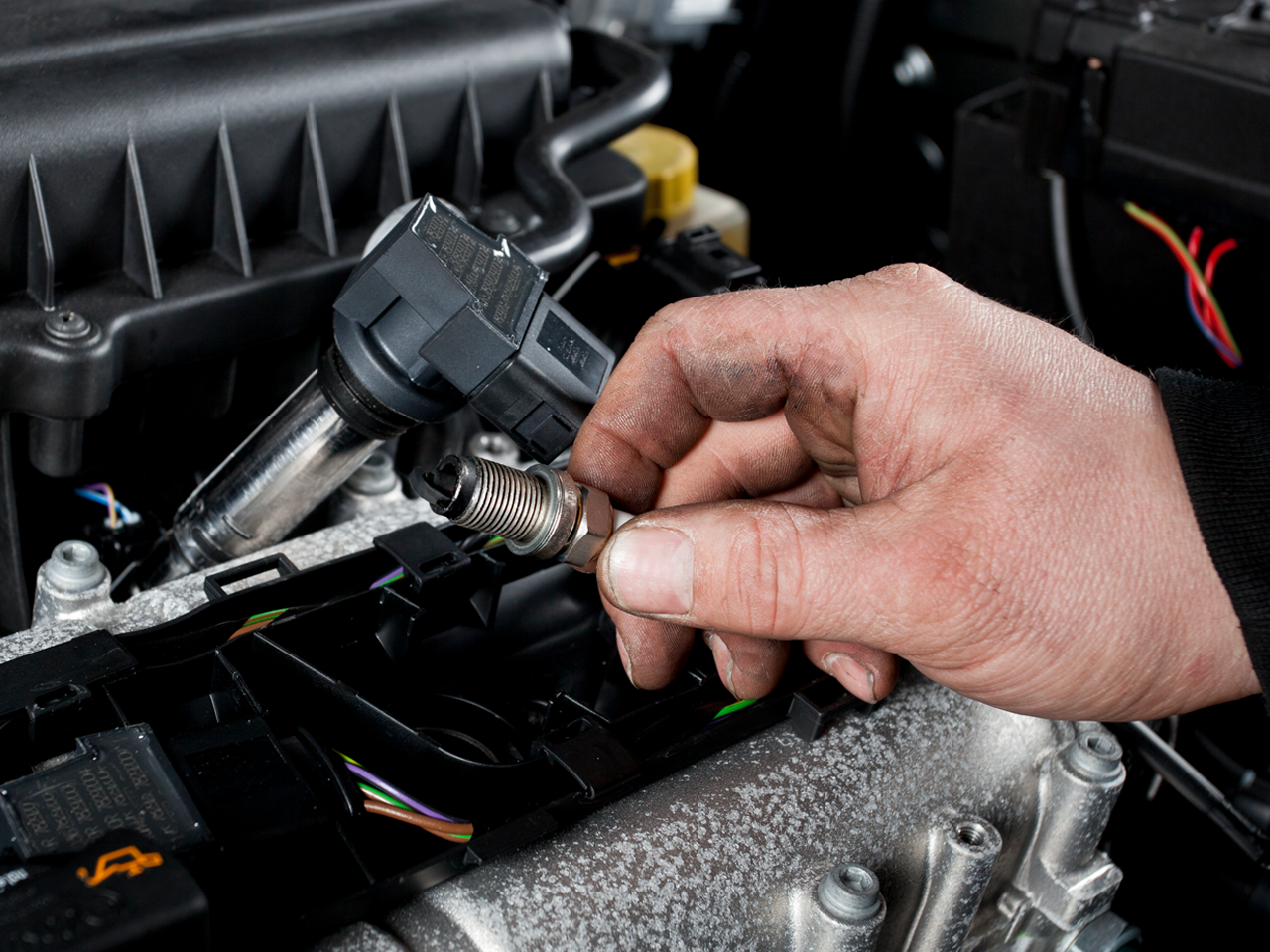Keep the spark alive.
Table of Contents
- Intro
- Gather Tools
- Open the engine compartment
- Identify the ignition system
- Access the spark plugs
- Remove the old spark plug
- Inspect the new & old spark plugs
- Adjust the spark plug gap
- Install the new spark plug
- Tighten the new spark plug
- Reinstall the ignition components
- Repeat for the remaining spark plugs
- Check your work








